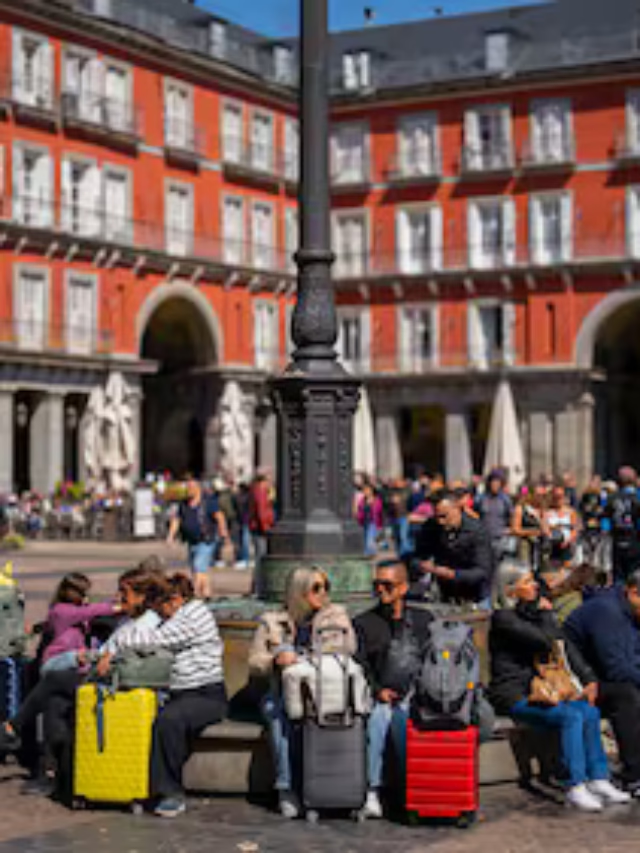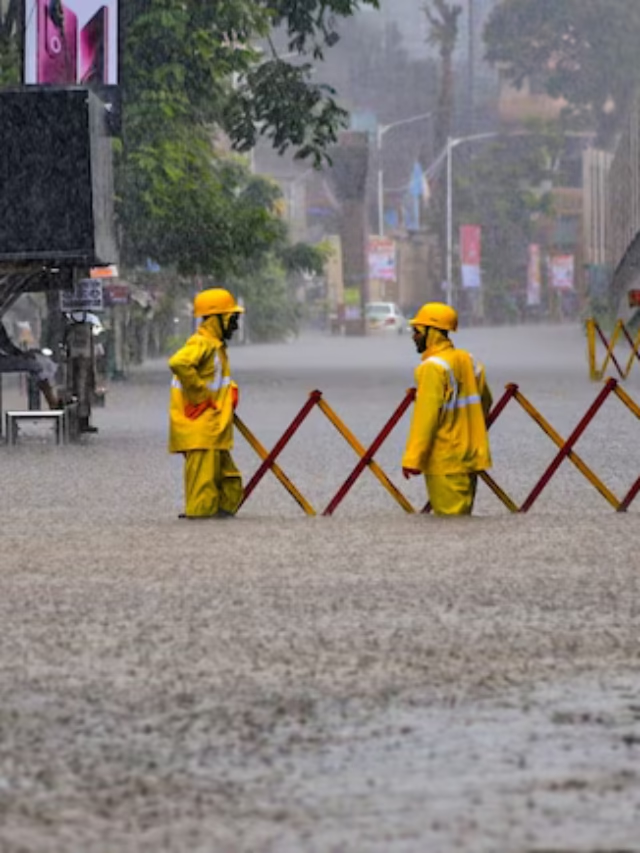Krishna Janmashtami, also known as Gokulashtami, is one of the most joyous and spiritually uplifting festivals celebrated by Hindus worldwide. It marks the divine birth of Lord Krishna, the eighth avatar of Lord Vishnu, who is revered as the embodiment of love, wisdom, and righteousness. Falling on the eighth day (Ashtami) of the Krishna Paksha in the month of Bhadrapada (August–September), Janmashtami brings together millions of devotees in prayers, fasting, and celebrations.
Historical Background of Krishna Janmashtami
According to Hindu scriptures, Lord Krishna was born over 5,000 years ago in Mathura, in the kingdom of King Kansa. Kansa, a cruel ruler, was warned by a prophecy that his sister Devaki’s eighth son would end his tyranny. Fearing for his throne, Kansa imprisoned Devaki and her husband Vasudeva, and killed each of their first six children. The seventh child, Balarama, was mystically transferred to the womb of Rohini. The eighth child, news, was born at midnight under miraculous circumstances, with divine lights and blessings. Vasudeva carried the newborn Krishna across the Yamuna River to Gokul, where he was raised by Nanda and Yashoda.
This tale, preserved in the Bhagavata Purana, is central to the celebrations of Janmashtami, reminding devotees of the victory of good over evil, and the power of divine will.
Spiritual Significance
Lord Krishna Janmashtami is considered the Supreme Personality of Godhead by Vaishnavites. His teachings in the Bhagavad Gita emphasize righteousness (Dharma), devotion (Bhakti), and detachment from material desires. Janmashtami is not just a festival; it is a spiritual reminder to live a life of truth, compassion, and selfless love.
For devotees, Krishna Janmashtami is a time to reflect on Krishna’s divine qualities: his mischievous childhood, his unconditional love for Radha, and his role as a guide and friend to Arjuna on the battlefield of Kurukshetra.
Preparations for the Festival
Preparations for Krishna Janmashtami often begin days in advance. Homes and temples are cleaned, decorated with flowers, mango leaves, and lights. Special altars are set up for Lord Krishna’s idol or picture, which is adorned with new clothes, jewelry, and a peacock feather crown. Devotional songs, known as bhajans and kirtans, fill the atmosphere with spiritual energy.
Many devotees observe a fast (Vrat) throughout the day, breaking it only after midnight, the believed time of Krishna Janmashtami birth. The fast is often accompanied by chanting Krishna’s name, reading scriptures, and meditating on his leelas (divine pastimes).
Midnight Celebrations
At the stroke of midnight, temples and homes resonate with the sound of bells, conches, and joyous chants of “Hare Krishna, Hare Rama.” The idol of baby Krishna, placed in a cradle, is ceremonially bathed in milk, curd, honey, and ghee — a ritual known as Abhishekam. After the bathing, the idol is dressed in beautiful attire, and devotees offer sweets, butter, and fruits as prasad.
Krishna Janmashtami in Different Regions
Mathura and Vrindavan
In Mathura, the birthplace of Krishna Janmashtami, and Vrindavan, where he spent his childhood, celebrations are grand and elaborate. Temples are adorned with fresh flowers, and dramatic plays known as Ras Leela depict episodes from Krishna’s life. Pilgrims from across the world visit these towns to witness the divine atmosphere.
Maharashtra – Dahi Handi
In Maharashtra, Krishna Janmashtami is synonymous with the Dahi Handi tradition, inspired by Krishna’s love for butter. A pot filled with curd, milk, and sweets is hung high, and teams of young men and women, called Govindas, form human pyramids to break it. This event symbolizes teamwork, courage, and devotion.
South India
In Tamil Nadu, Karnataka, and Andhra Pradesh, devotees draw tiny footprints from the entrance of their homes to the prayer room, symbolizing baby Krishna Janmashtami arrival. Folk dances, devotional singing, and reading from the Bhagavata Purana are part of the festivities.
International Celebrations
Krishna Janmashtami is also celebrated globally, especially in countries with large Indian communities. ISKCON temples worldwide organize grand events with kirtans, lectures on the Bhagavad Gita, and cultural performances, making it a truly global festival of devotion.
Foods and Sweets of Janmashtami
Since Lord Krishna Janmashtami loved dairy products, milk-based sweets are an integral part of Janmashtami feasts. Popular offerings include makhan mishri (butter and sugar), pedas, rasgullas, and kheer. In many homes, panjiri — a mixture of ghee, wheat flour, sugar, and nuts — is prepared and offered as prasad.
Fasting devotees often consume fruits, milk, and non-grain foods like sabudana khichdi, singhare ke atte ka halwa, and potato dishes.
Modern-Day Relevance
In today’s fast-paced life, festivals like Janmashtami provide a chance to pause and reconnect with our spiritual roots. The values Krishna stood for — truth, selflessness, and joy — remain timeless. Even in urban settings, Krishna Janmashtami celebrations in temples, housing societies, and online platforms bring communities together in devotion and cultural pride.
The teachings of Krishna Janmashtami in the Bhagavad Gita continue to inspire millions across the world, offering guidance in overcoming challenges, making ethical decisions, and finding inner peace.
Conclusion
Krishna Janmashtami is more than just a festival — it is a celebration of divine love, the triumph of good over evil, and the timeless wisdom of Lord Krishna. Whether you are participating in the Dahi Handi, chanting hymns at midnight, or simply reflecting on Krishna’s teachings, the essence of Janmashtami lies in experiencing joy, devotion, and the power of dharma.
As the chants of “Hare Krishna” echo around the world, the festival reminds us that, just as Krishna guided Arjuna, he continues to guide humanity towards righteousness and inner bliss.











